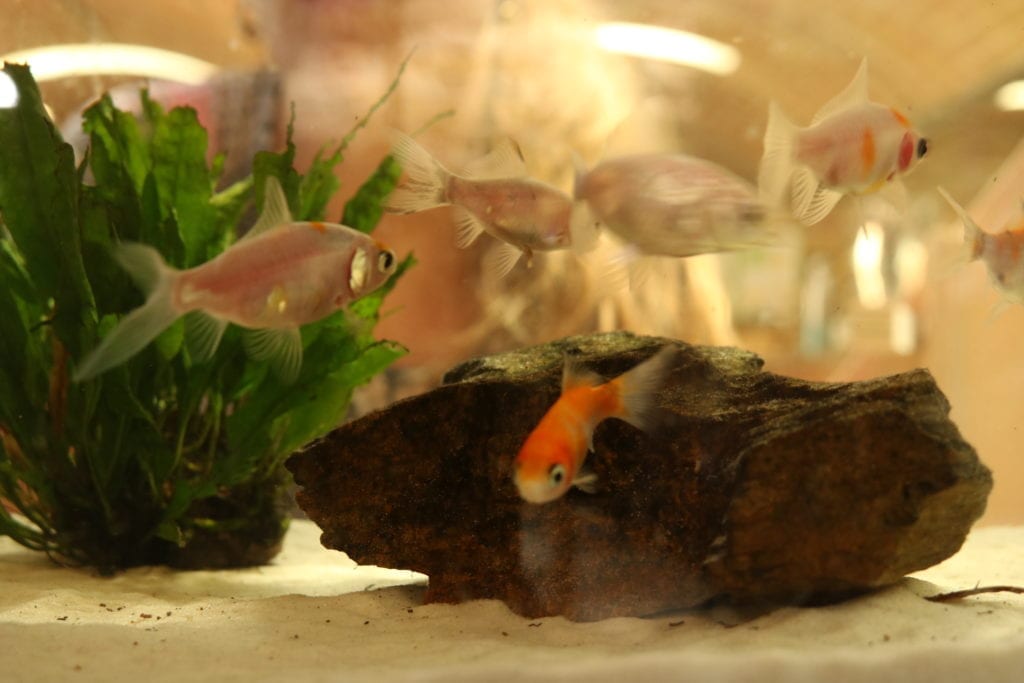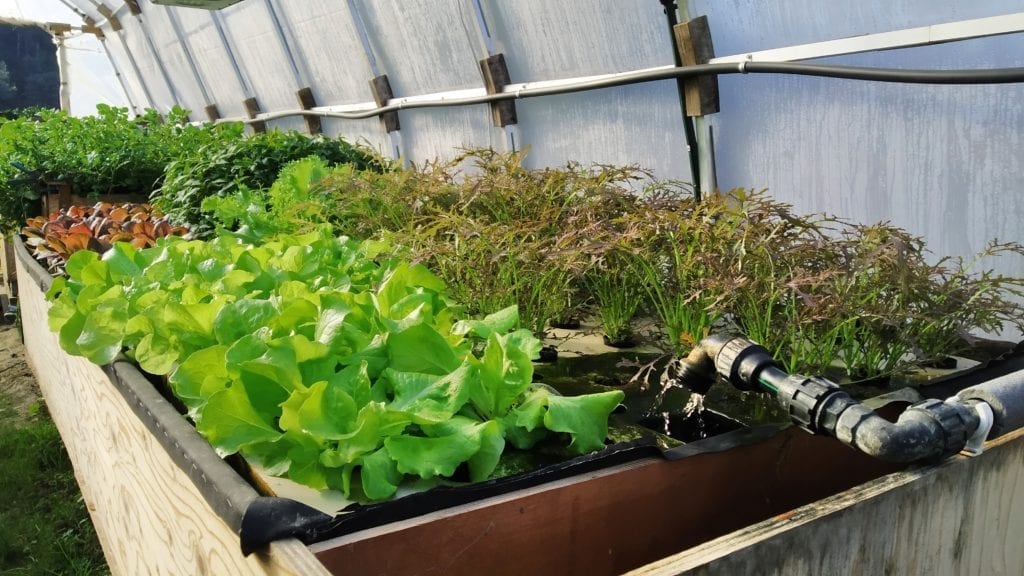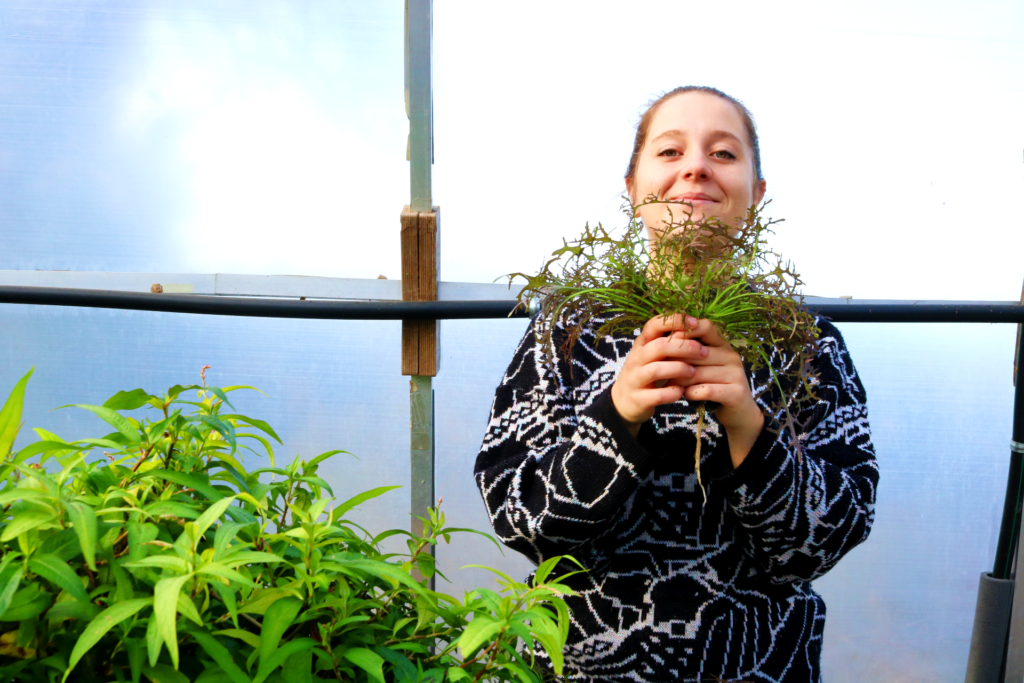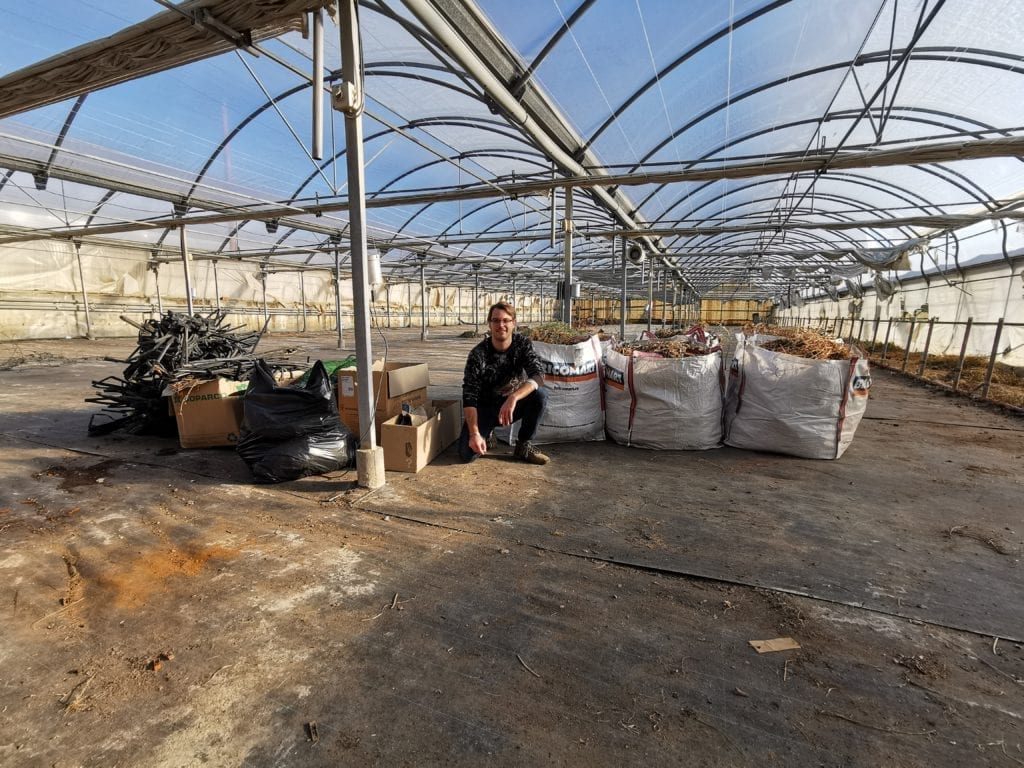Aquaponics: How to Feed Cities of the Future With Higher Quality and Lower Impact
2020 was a year of unprecedented events, and it ended with some disturbing news: water – the vital source of life on Earth – is being traded on Wall Street, even whilst roughly 785 million people lack even a basic drinking-water service, according to the World Health Organization. Agriculture – arguably the most important industry for our survival – consumes roughly 67% of our water supply, making sustainable agriculture and water security two urgent and interlinked challenges. Given this interconnection, water shortage means food shortage, and while climate change is putting increasing pressure on both water sources and food production, it is time to rethink the way we use natural resources to produce food. We need an alternative to current agricultural models, and aquaponics is emerging as a sustainable solution.
Alarmism is counterproductive, so it’s important to bear in mind that several experts assure that trading water on Wall Street is simply a financial mechanism to improve water management. However, what is impossible to ignore from this stock market event is that if we don’t act quickly to reassess our water use, this vital natural resource will soon be in short supply.
Aquaponics – a step towards the future of food?
Aquaponics is a food production system that combines soil-less agriculture with fish farming, creating a closed-loop ecosystem within a specially-designed system connecting fish tanks to a biological filtration process and soilless grow beds. The production process is as follows:
- Fish are fed and produce metabolic waste,
- Microorganisms in the water turn this organic waste into valuable nutrients,
- These nutrients reach the crops and fertilize them without need for soil or external fertilizers, and,
- In return, the crops purify the water and return it to the fish, thereby closing the loop.

The New York Times referred to aquaponics as a “spotless garden” and Ken Konschel – founder of Aquaponics Africa – said that by implementing these systems, “the possibilities are limitless”. Aquaponics has multiple advantages: production requires ten times less water than conventional methods, it doesn’t rely on chemical fertilizers or pesticides, and it is up to three times more productive than conventional farming.
Aquaponics isn’t a new approach: in past centuries, Mexican chinampas or Indonesian rice paddies frequently combining crops with fish farming. In recent years, the need for more sustainable farming solutions has led to a revival of this ancient practice. Modern aquaponic farms are now appearing across the world as a state-of-the-art food production alternative.

There’s no doubt, aquaponics is more complex than conventional farming. While countless enthusiasts across the world have set up successful backyard systems, commercial aquaponics farms require complex technical expertise, and substantial investment. However, if aquaponics is carried out on a large scale, increased production – with yields up to three times higher than conventional systems – and superior quality, mean that initial costs are soon compensated. Furthermore, due to their superior smell, taste and texture, aquaponic products are a favourite amongst chefs, securing demand for these products. Lastly, in a controlled environment, aquaponic systems can produce food all year around, creating a reliable income for farmers.
The demand for these products is here. According to a recent Eurobarometer poll, almost 95% of EU citizens consider protecting the environment to be important; and, a study in 2020 showed that most European consumers are open to exploring healthy and sustainable diets. Aquaponics gives a whole new meaning to zero kilometer food, as there is no need for fertile soil to produce healthy crops, and undervalued urban spaces can be repurposed to install these systems, such as on empty rooftops or warehouses. Doing so can allow urban communities to grow their own food, using abandoned areas to become more self-sufficient, thus reducing food miles and associated contamination.

Green in Blue: bringing aquaponics to Barcelona
Green in Blue is the first company in the Catalonian capital of Barcelona that is 100% focused on aquaponics. For four years this company has offered international consultancy, advising those who wish to develop these food production systems in a variety of contexts, including in schools, restaurants, and individual homes.

After years designing production systems and running training workshops, Green in Blue is taking its work a step further: establishing its Granja Blava project, upscaling its production of aquaponic herbs and leafy greens, and introducing these into the local market. By summer 2021, it will be possible to taste their delicious low-impact products in restaurants and stores across the city.
While water is being traded on Wall Street, and many documentaries predict a grim future, aquaponics shows us that a better tomorrow is possible, and that with the correct investment and management, urban areas can become self-sufficient communities.